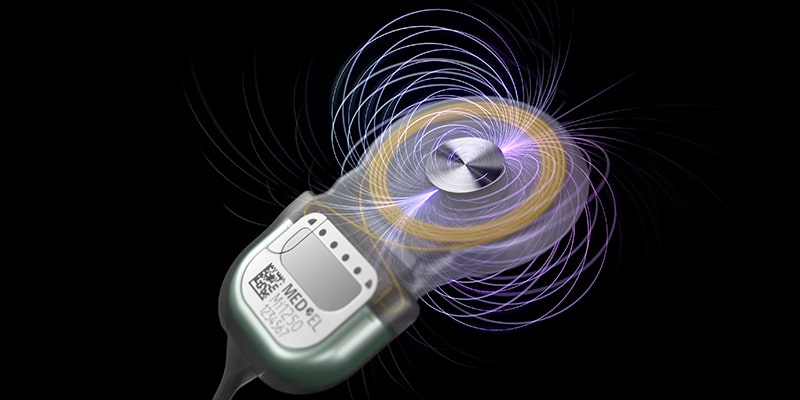
Auditory neuropathy spectrum disorder (ANSD) affects how sound is sent from the ear's inner hair cells to the brain. Here's the latest research on ANSD, cochlear implant candidacy, and tips for (re)habilitation unique to this patient population.

Auditory neuropathy spectrum disorder (ANSD) affects how sound is sent from the ear's inner hair cells to the brain. Here's the latest research on ANSD, cochlear implant candidacy, and tips for (re)habilitation unique to this patient population.

To deter the spread of SARS-CoV-2, or coronavirus, many governments and health authorities have called for the wearing of face masks. While the situation has recently improved and face mask requirements have eased in some countries, one thing is certain: COVID-19 has made the wearing of face masks a normal part of everyday life for billions of people, especially in clinical settings and when infection rates are high.

Many families wait a long amount of time for their baby’s cochlear implant surgery and for their child to gain optimal access to sound. While some professionals and caregivers think paediatric cochlear implant rehabilitation can only begin after implantation, this notion is incorrect. In fact, rehabilitation support can be offered right from the diagnosis of

Nearly half of the global population speaks a tonal language, in which pitch changes can alter the meaning of words. In the last two decades, rapid advances in cochlear implant technology have improved speech perception among these users. Here's the recent research on tonal languages and cochlear implants, along with best practices to facilitate the development of tonal perception and speech production.

